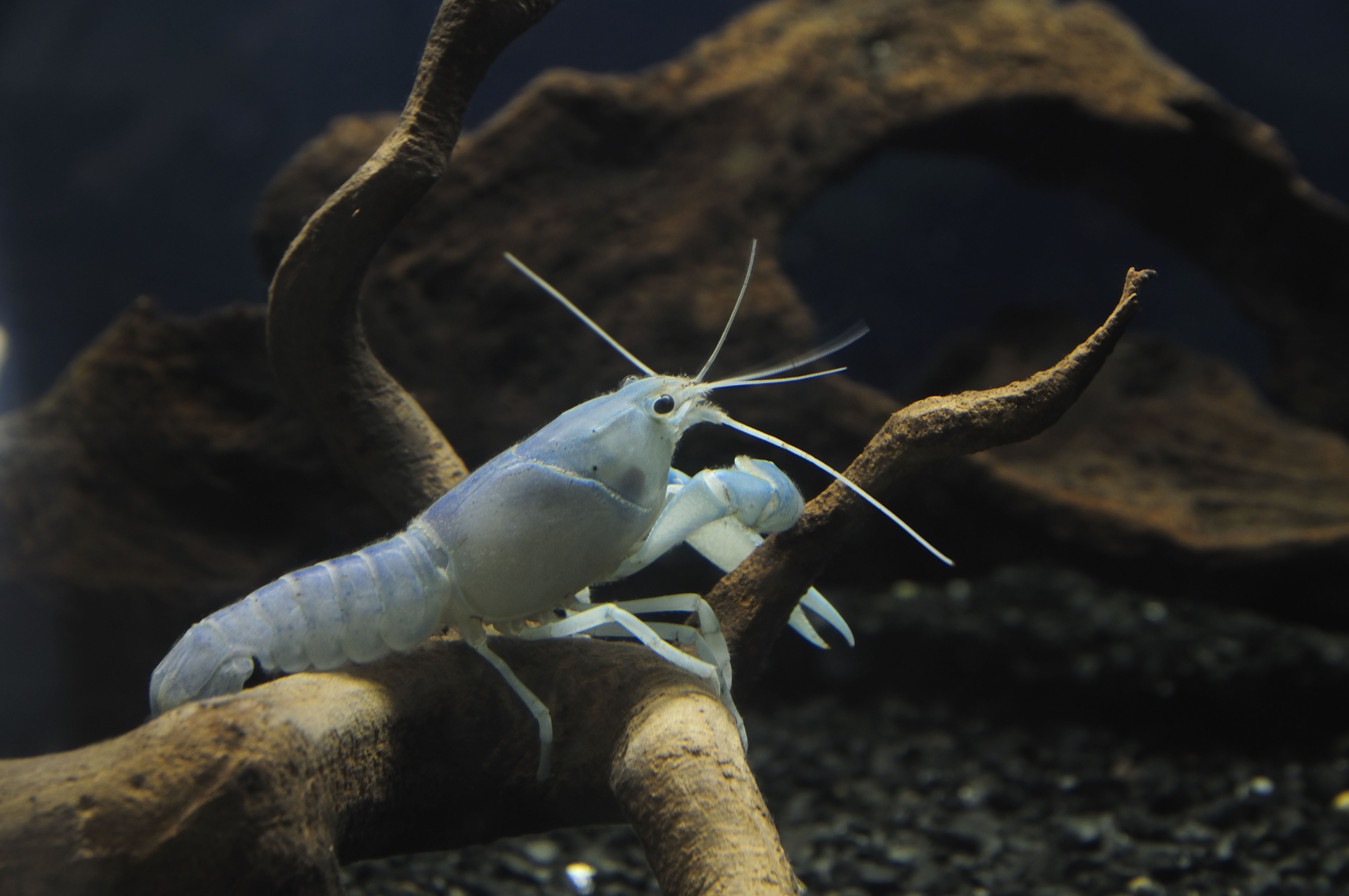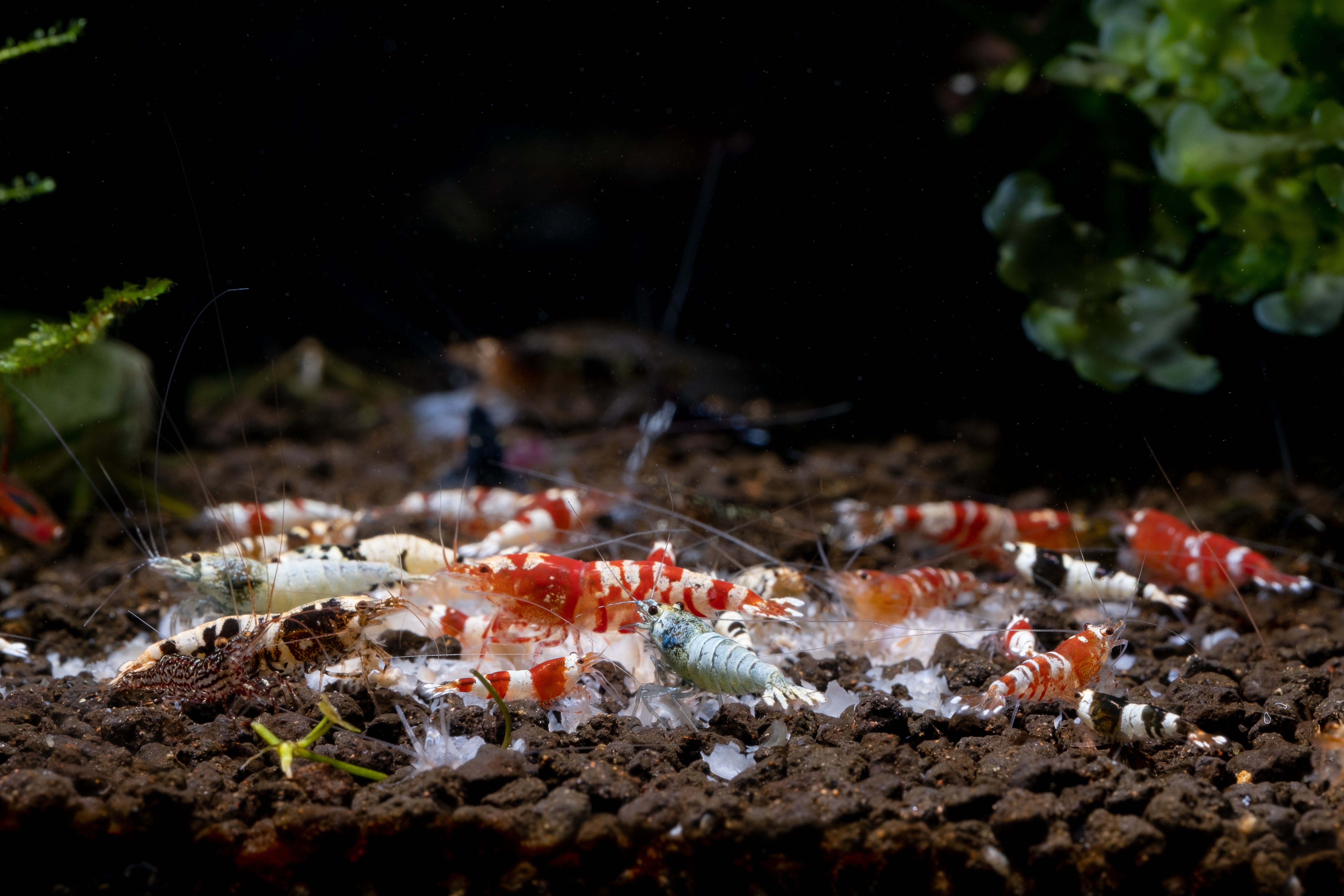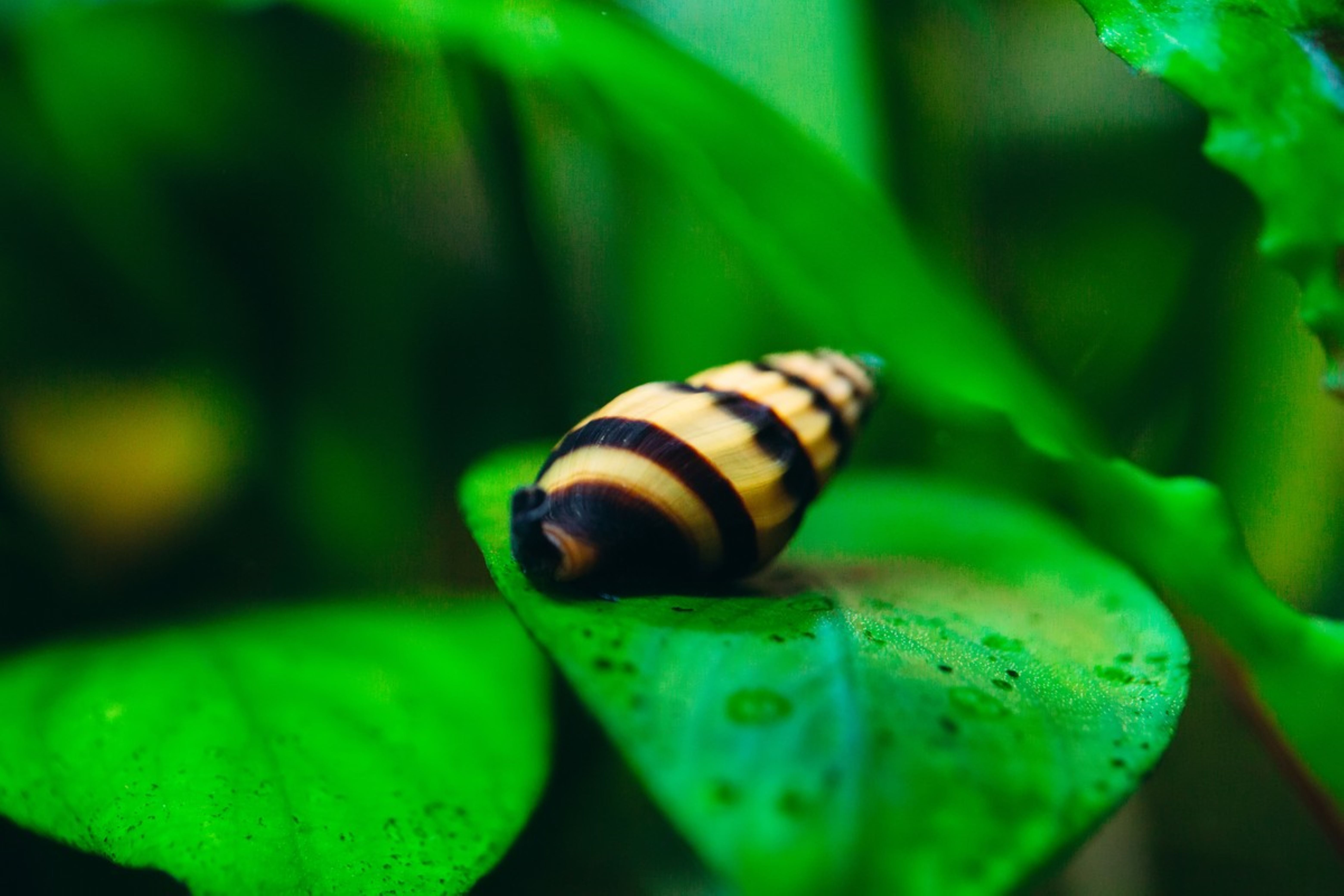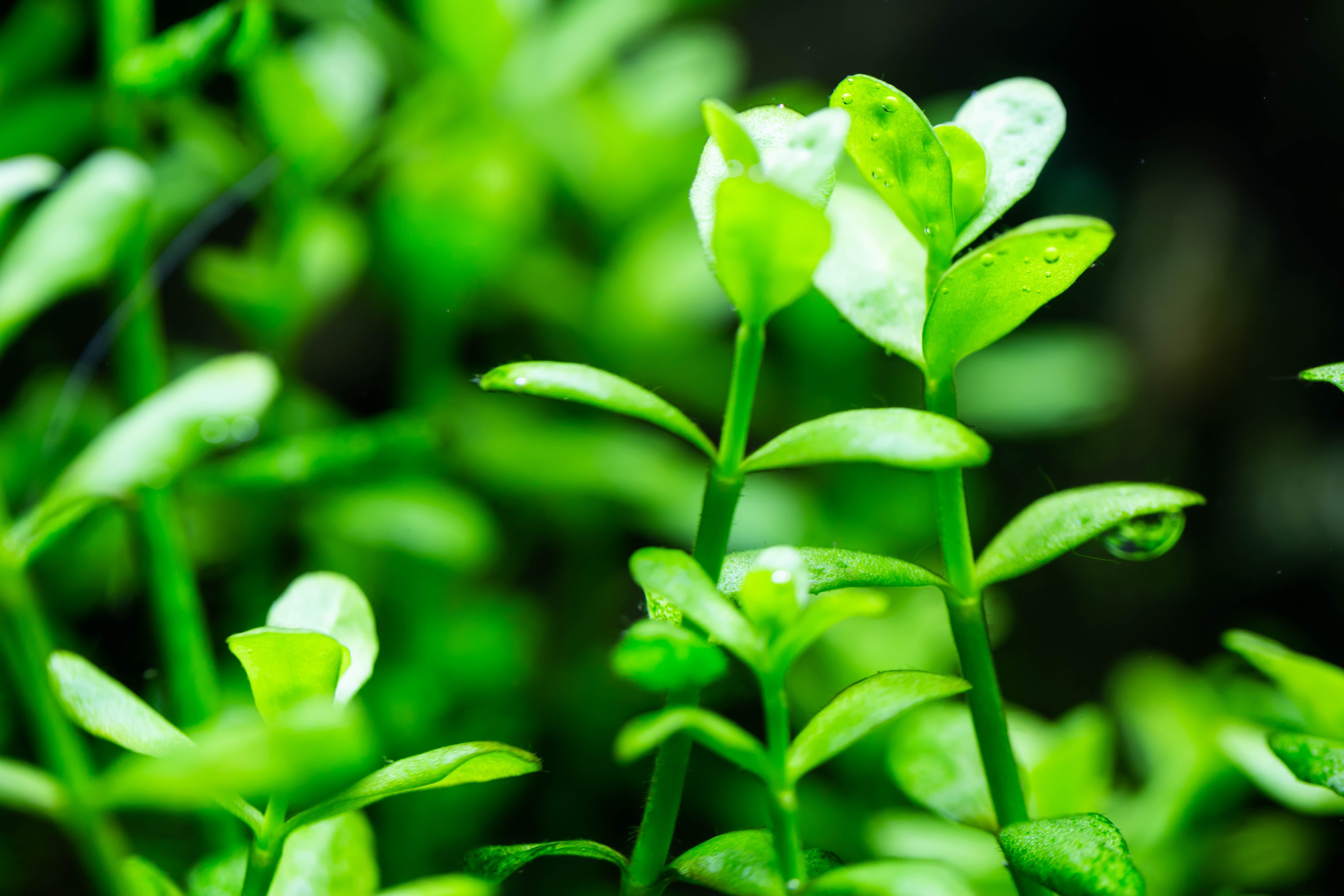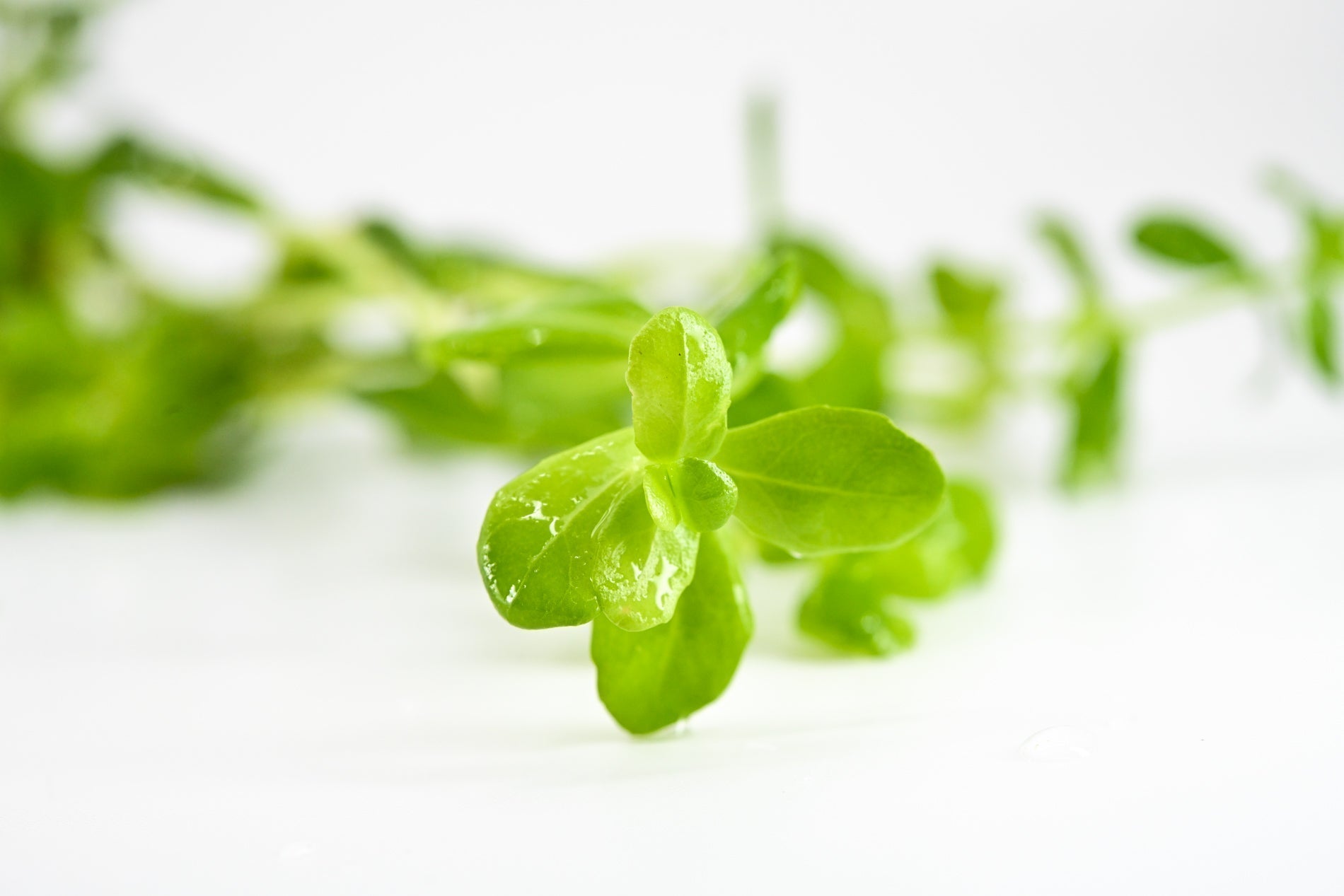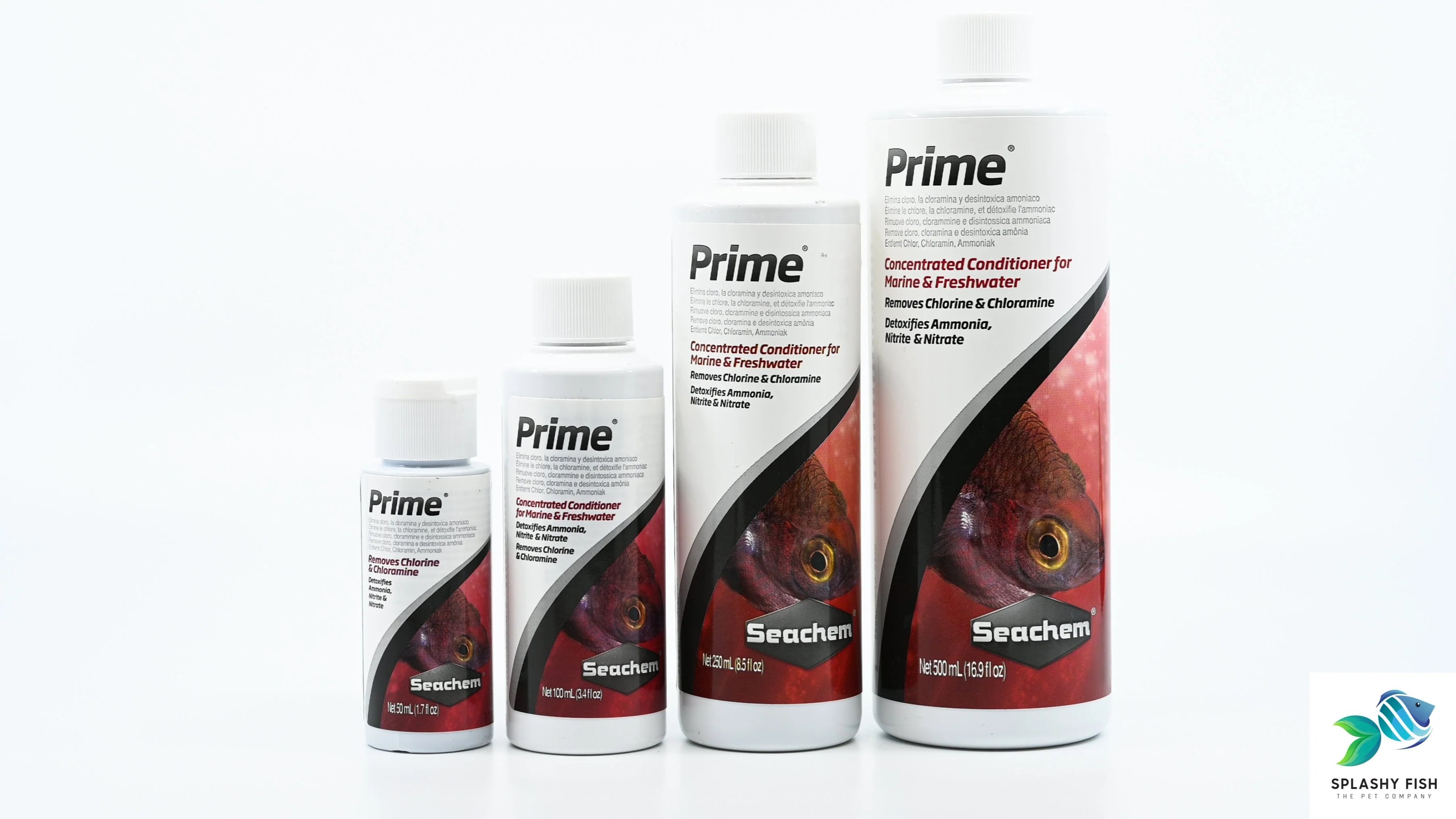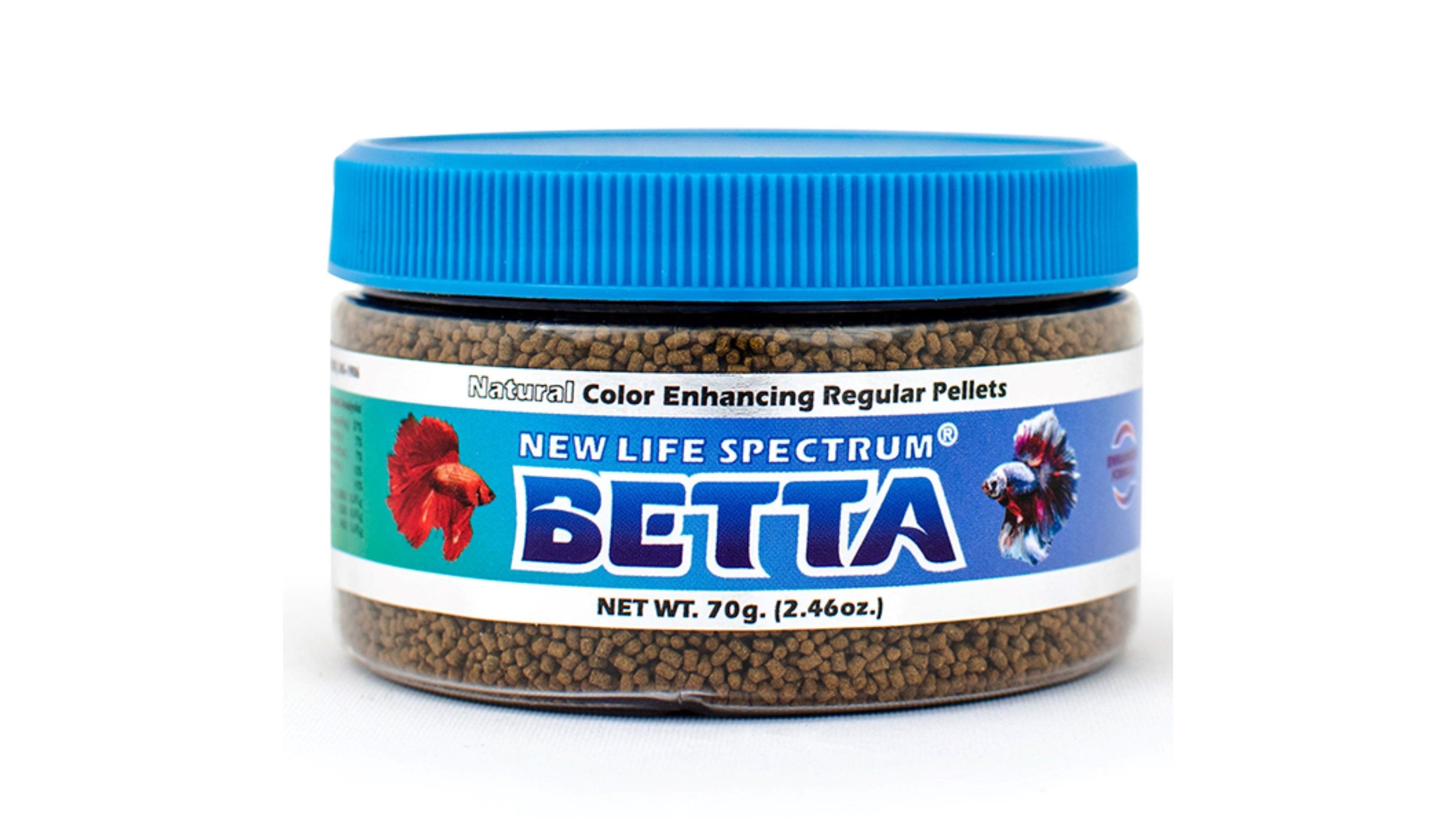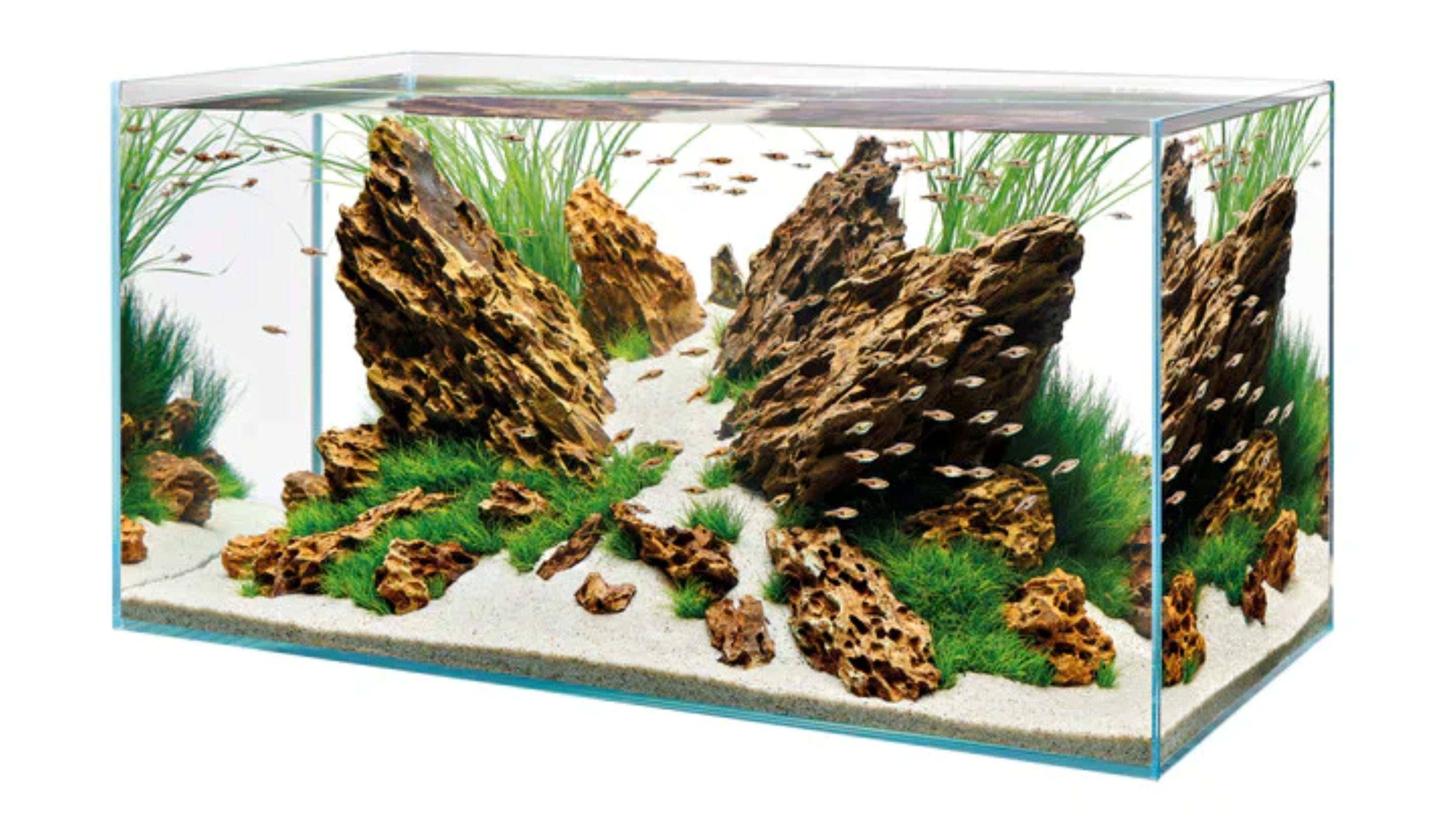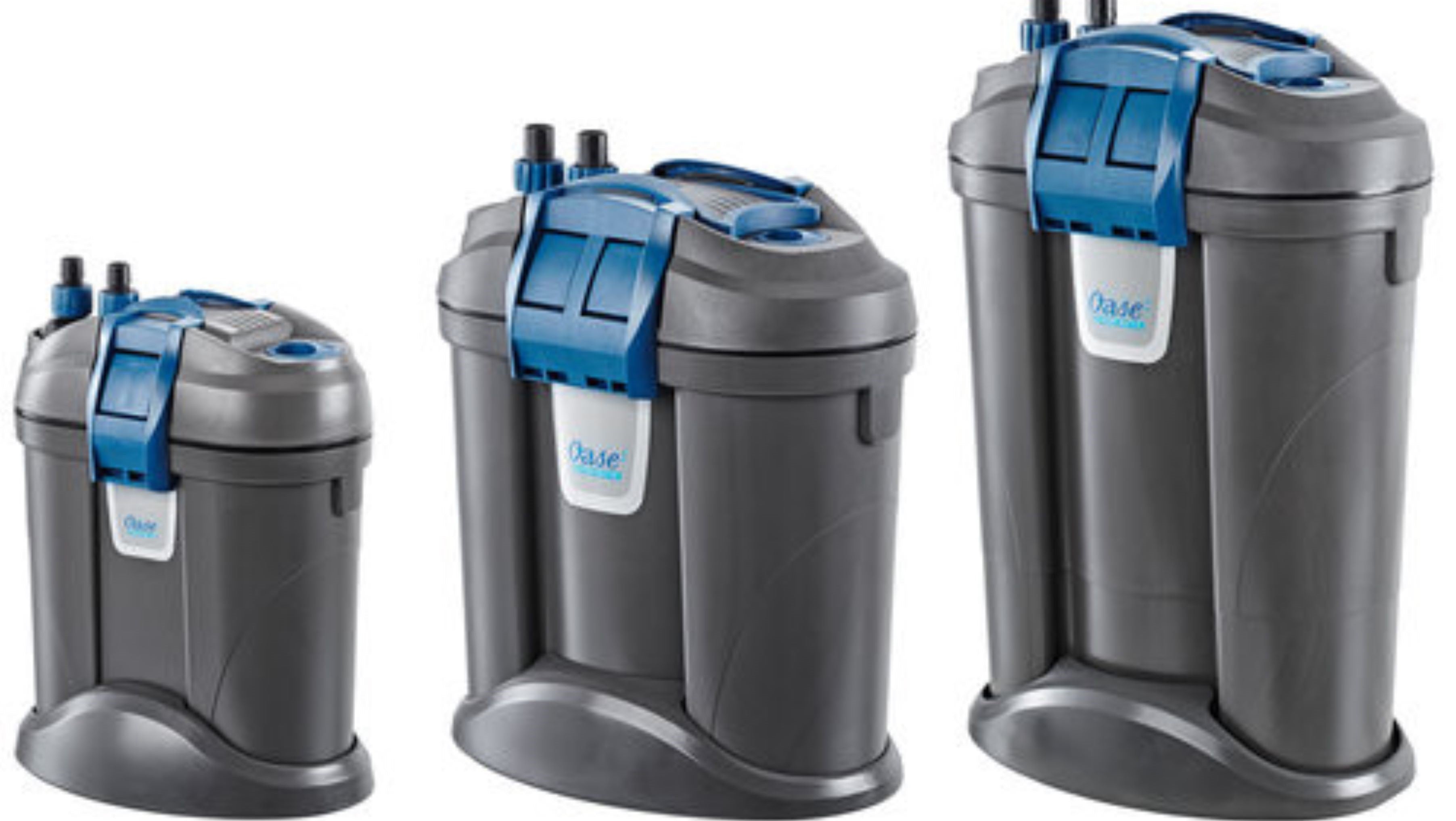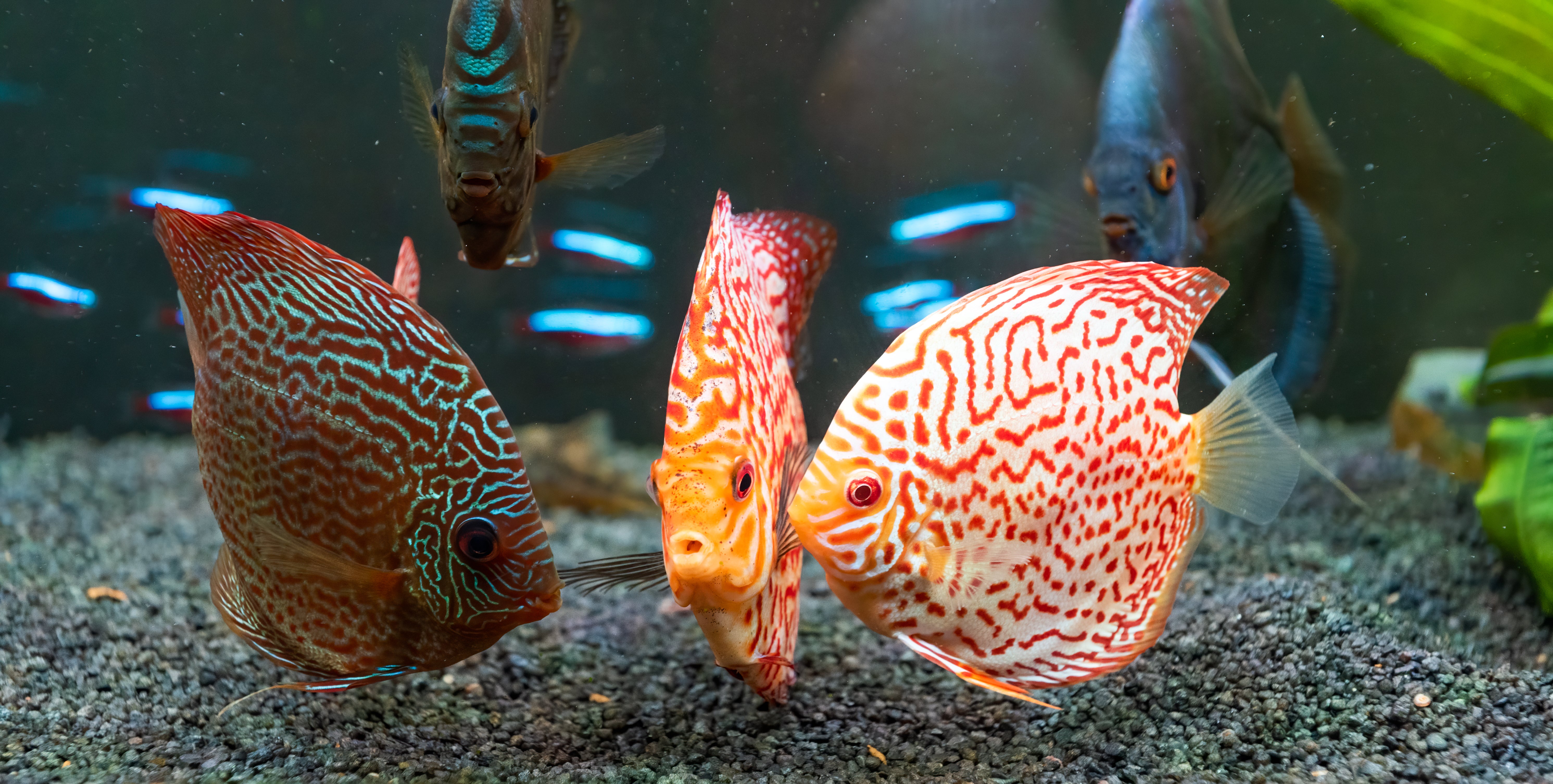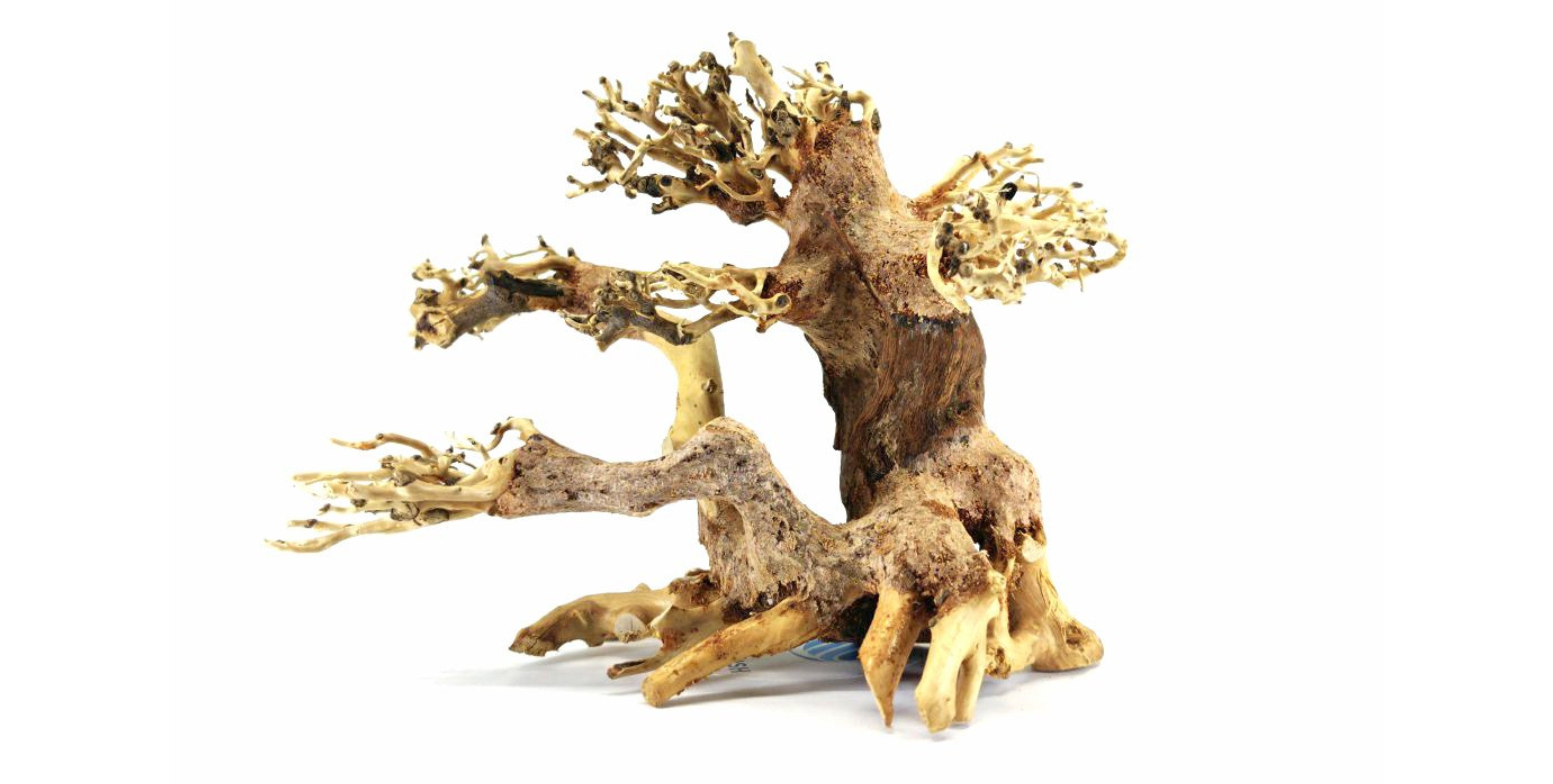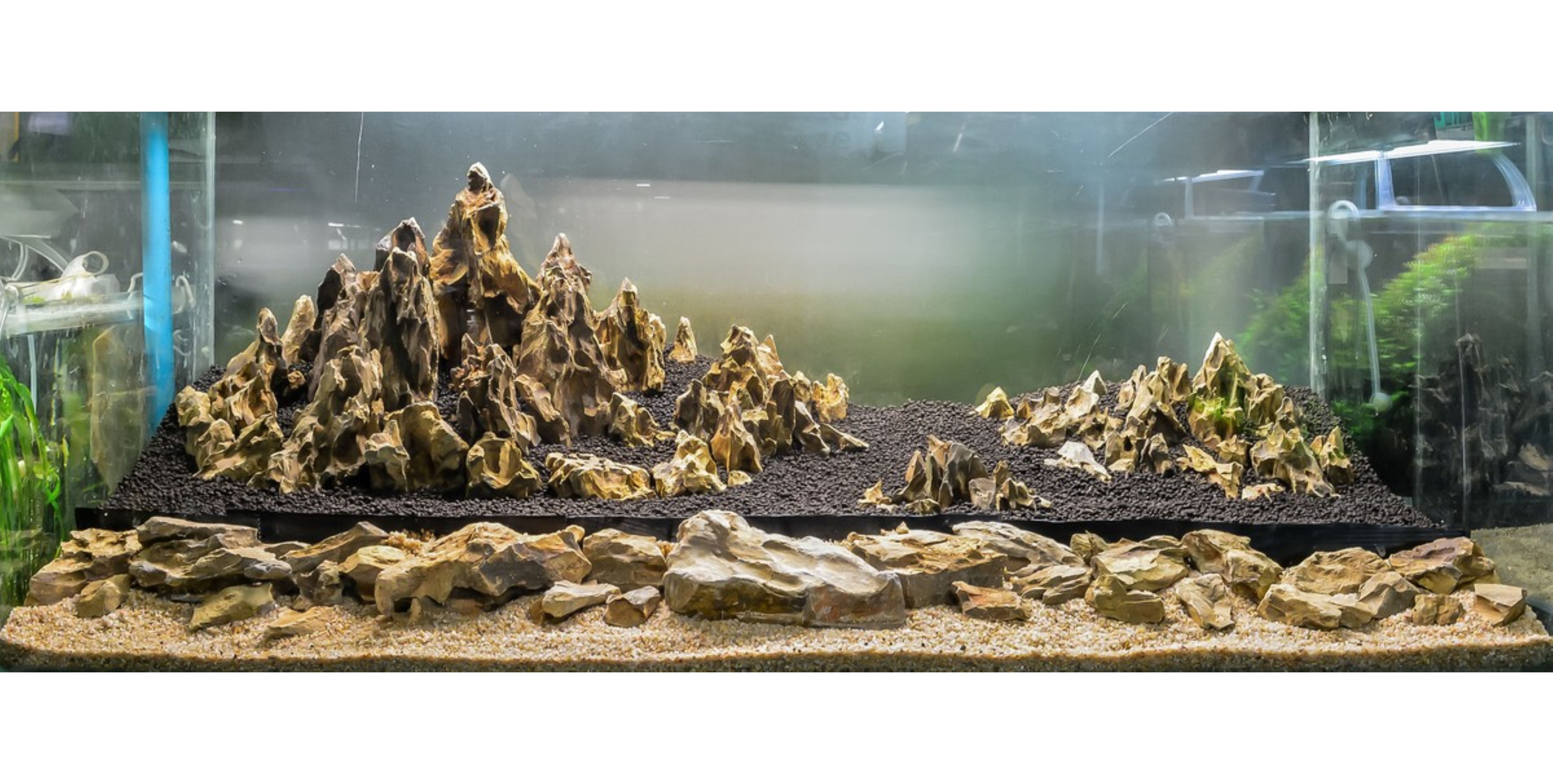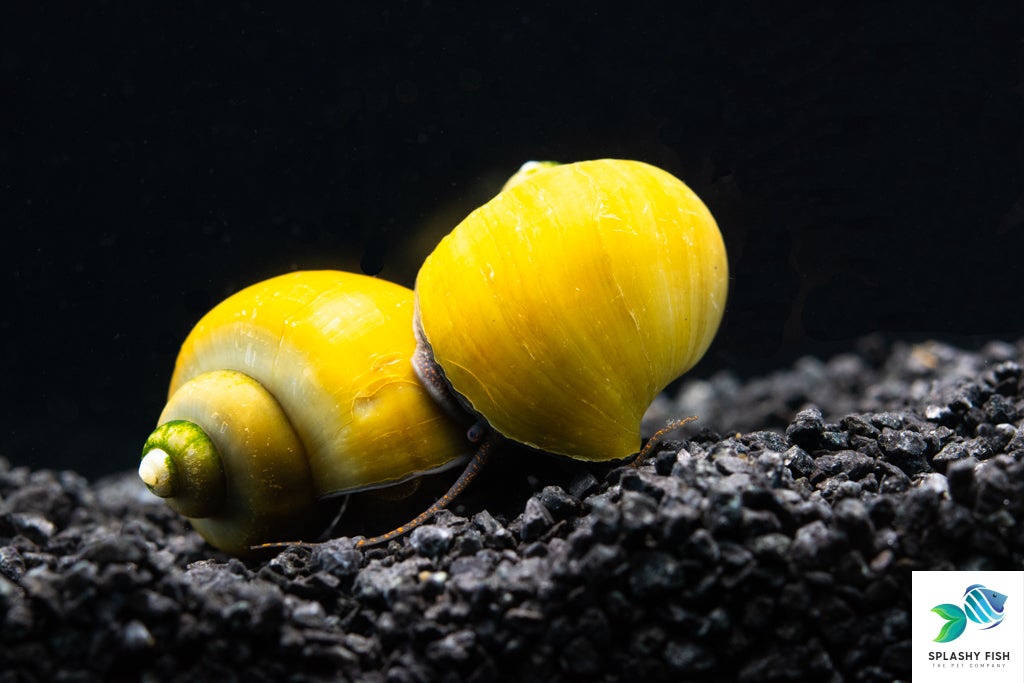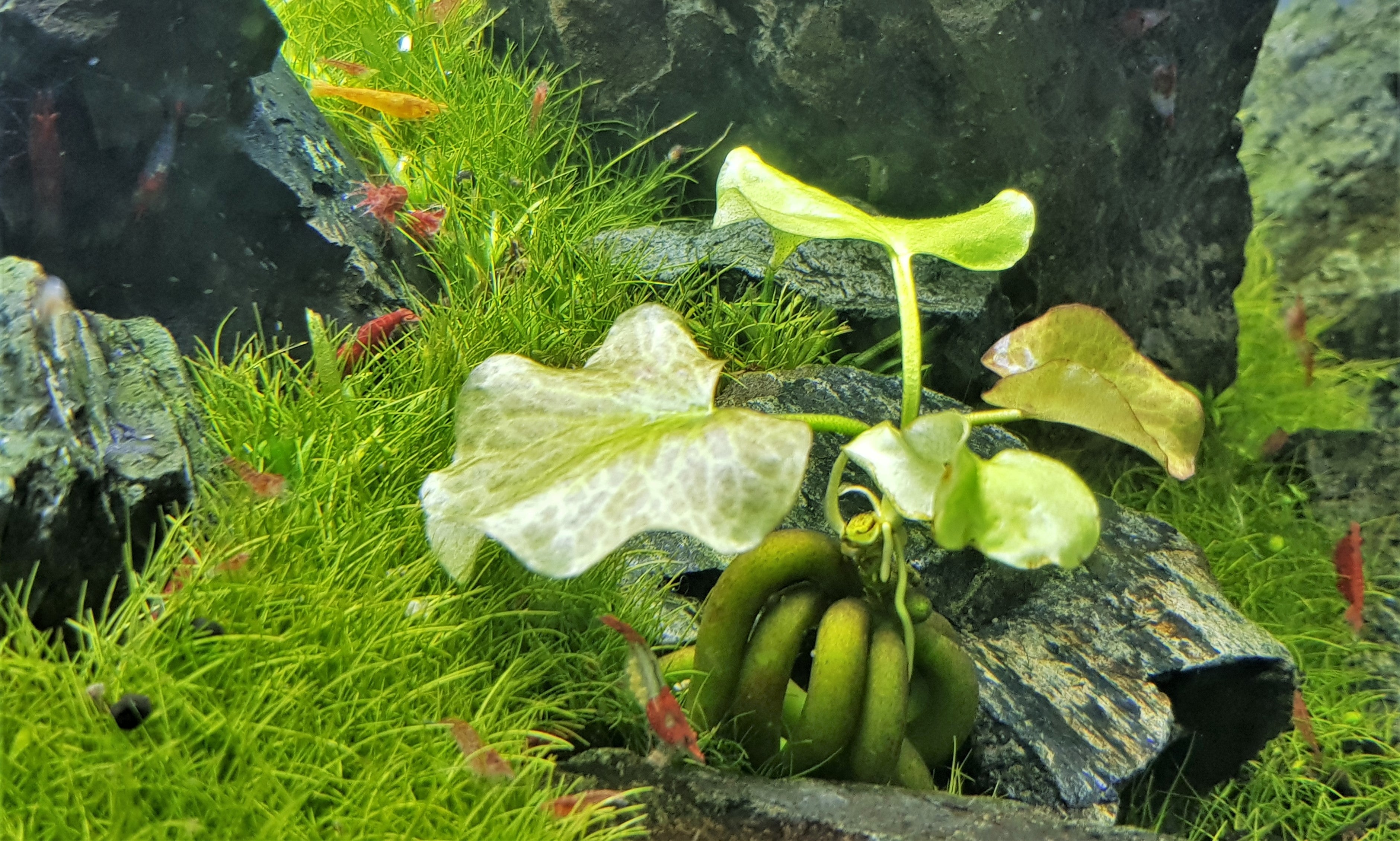Table of Contents
Mystery snails are among the most popular and captivating freshwater invertebrates kept in home aquariums. Known for their vibrant colors, gentle demeanor, and unique behaviors, Mystery snails (Pomacea bridgesii) are far more than just algae eaters. This comprehensive guide goes beyond basic care and delves into everything you need to know about Mystery Snails, from their mating habits to their surprising life cycle. Whether you're a beginner or an experienced aquarist, this post will provide fascinating facts and essential knowledge to deepen your appreciation of these freshwater gems.
What Is a Mystery Snail?
Mystery Snail is a species of freshwater snail belonging to the apple snail family. Native to South America, they have been bred and popularized in the aquarium hobby due to their peaceful nature and striking appearance. They are non-aggressive, plant-safe, and compatible with a wide range of freshwater tank mates.
These snails are sometimes confused with pest snails like bladder or pond snails, but they are far more desirable. Mystery snails stay larger, have more striking shells, and reproduce in a way that makes their population easier to manage.

Why Are They Called Mystery Snails?
The name "mystery snail" comes from the curious and often unexpected appearance of their eggs. Many aquarium hobbyists are caught off guard when a female Mystery Snail climbs above the waterline and deposits a large clutch of pink or white eggs. Often, no mating is witnessed, and many keepers don't even realize they have a male and a female in the tank, which leads to the "mystery."
Mystery Snail Mating and Gender Differences
One of the most commonly searched topics is how to tell if a Mystery Snail is male or female. Unfortunately, Mystery Snails are not hermaphrodites like some other snails, meaning you need both a male and a female for breeding. Sexing Mystery Snails can be tricky, but during Mystery Snail mating, the male will mount the female's shell and stay there for an extended period, often up to several hours.
If you're breeding Mystery Snails, be patient—after mating, the female will climb above the waterline to lay eggs. Make sure the water level is a few inches below the lid of the tank to give her space.
Mystery Snail Breeding and Reproduction
Mystery snail breeding is relatively easy once you have a male and female pair. After mating, the female will lay mystery snail eggs in a clutch that resembles a large, lumpy mass. These eggs are usually laid at night or early morning above the water surface, so check the tank hood or walls regularly.
Depending on temperature and humidity, Mystery Snail eggs take 2–4 weeks to hatch. Maintain consistent warmth (around 75–80°F) and humidity, and avoid submerging the eggs. A hatch can result in dozens of baby snails, so be prepared for an increase in population.
What Do Mystery Snail Eggs Look Like?
Mystery snail eggs are unmistakable. They appear as a tightly packed cluster of tiny, bubble-like capsules and are usually a pink or off-white color. Each egg contains one developing snail. Over time, the eggs darken slightly, indicating the growing snails inside. When close to hatching, you may even see tiny shells through the egg membrane.
For controlled breeding, you can remove the egg clutches and incubate them in a separate container with moist paper towels and a lid. This prevents overpopulation in the main tank and gives you control over when and where the snails hatch.
Mystery Snail Colors: A Rainbow in Your Tank
Mystery snail color variations are a big part of their appeal. These aquarium snails come in a variety of shell and body color combinations that add vibrance and charm to any aquarium. Popular colors include:
- Gold Mystery Snail: Bright yellow shell with a pale foot
- Blue Mystery Snail: Dark or light blue shell with ivory or dark body
- Purple Mystery Snail: Rare and deep-toned, often with contrasting body colors
- Ivory Mystery Snail: All-white shell and body, elegant and minimal
- Magenta Mystery Snail: Bright pinkish-red shell with dark foot
- Jade Mystery Snail: Light green tint, giving a natural, earthy look
These colors are natural genetic variations, and some are more common than others. Breeders often selectively pair mystery snails to enhance or preserve rare colors.

Mystery Snail Behavior and Personality
Despite being invertebrates, Mystery Snails are surprisingly interactive. They glide along the tank walls, decorations, and substrate, often stretching their long siphon to breathe at the water's surface. Their antennae constantly wave as they explore their environment.
Mystery snails are also known for quirky behaviors like "parachuting" off decorations, playing dead, or even riding the filter current. They quickly learn the feeding routine and may come to the front of the tank when food is added.
Mystery Snail Life Expectancy
The average Mystery Snail life expectancy is 12 to 18 months, though some may live up to 2 years with excellent care. Factors that impact their lifespan include:
- Water quality: Stable parameters and clean water are critical
- Diet: Variety in food helps with shell health and longevity
- Calcium: Crucial for maintaining a strong, crack-free shell
Signs of aging include slower movement, decreased appetite, and increased resting periods.
What Do Mystery Snails Eat?
Mystery snails are omnivorous scavengers. In a well-balanced tank, they feed on algae, detritus, and uneaten fish food. However, for optimal health, you should supplement their diet with:
- Blanched vegetables (zucchini, spinach, carrots)
- Algae wafers
- Calcium-rich foods (cuttlebone, crushed coral, specialized snail pellets)
A diet rich in calcium helps promote shell strength and vibrant coloration.
Common Myths About Mystery Snails
Myth 1: Mystery snails will overrun your tank
False. Since they require both a male and a female to reproduce, and eggs are laid above water, population control is manageable.
Myth 2: They eat healthy plants
Not true. Mystery snails are not plant eaters. If you notice them eating aquarium plants, they may be starving or the plants are already decaying.
Myth 3: A floating mystery snail is dead
Not always. Mystery Snails often float due to trapped air in their shell. If they smell bad, they may be dead. Otherwise, they’re probably just fine.
Mystery Snail Health and Shell Issues
Mystery snails are generally hardy but can suffer from shell deterioration due to low calcium or poor water quality. Common issues include:
- Pitting: Small holes or thin spots on the shell
- Cracks: From falls or aggressive tank mates
- Discoloration: Often diet-related
To improve shell health, add calcium sources and maintain a pH of 7.2–8.0.
Ideal Tank Conditions for Mystery Snails
To ensure your Mystery Snails thrive, maintain the following conditions:
- Tank size: Minimum 5 gallons per snail
- Temperature: 68–82°F
- pH: 7.2–8.0
- Ammonia/Nitrite: 0 ppm
- Nitrate: Under 20 ppm
- Cover: Keep a tight lid to prevent escapes
Avoid housing them with aggressive freshwater fish like Cichlids or Loaches that may nip their antennae.
Visit here for more information about How to Care for Mystery Snail.
Fun Facts About Mystery Snails
- They can regenerate minor shell damage if calcium is available
- They sleep in cycles and can appear inactive for days
- They breathe air and water, using a siphon to access oxygen at the surface
- They have a trapdoor (operculum) to close their shell for protection
Conclusion
Mystery snails are more than just tank cleaners—they're colorful, curious, and fun to watch. With their unique breeding habits, wide range of colors, and manageable care needs, they make excellent additions to most freshwater setups. Whether you're fascinated by mystery snail mating or just love the look of a vibrant gold mystery snail crawling along your tank glass, there's something about these little creatures that captures the heart of every aquarist.
If you're ready to enjoy the full Mystery Snail experience, explore our collection Mystery Snails for sale to find the perfect addition to your aquatic family. You can buy them online or visit our aquarium store in Virginia for more betta fish for sale, freshwater fish for sale, freshwater snails for sale, live aquatic plants for sale, and other aquarium supplies.
Mystery Snails Frequently Asked Questions (FAQs)
Can Mystery Snails live without water?
Mystery snails cannot survive long without water. While they can breathe air using a siphon and may survive out of water for a few hours, they must remain in a humid environment to avoid drying out. If they are out of water too long, especially without moisture, they will dehydrate and die. Always ensure your tank is covered to prevent escapes, especially during mystery snail mating season when they may crawl above the waterline to lay eggs.
How many Mystery Snails should I keep in a 10-gallon aquarium?
You can safely keep 2 to 3 mystery snails in a 10-gallon aquarium. This provides enough space for them to move freely and ensures water quality remains stable. Mystery snails produce a moderate bioload, so adding too many can cause spikes in ammonia and nitrate. Consider tank mates and filtration when planning mystery snail breeding or adding more snails.
Why do my Mystery Snails attach to each other?
Mystery snails attach to each other primarily for mating purposes. During mystery snail mating, the male will climb onto the female’s shell and remain there for hours. This is completely normal behavior. If you notice frequent pairing, you may have both a male and a female, which can lead to mystery snail eggs appearing soon after.



